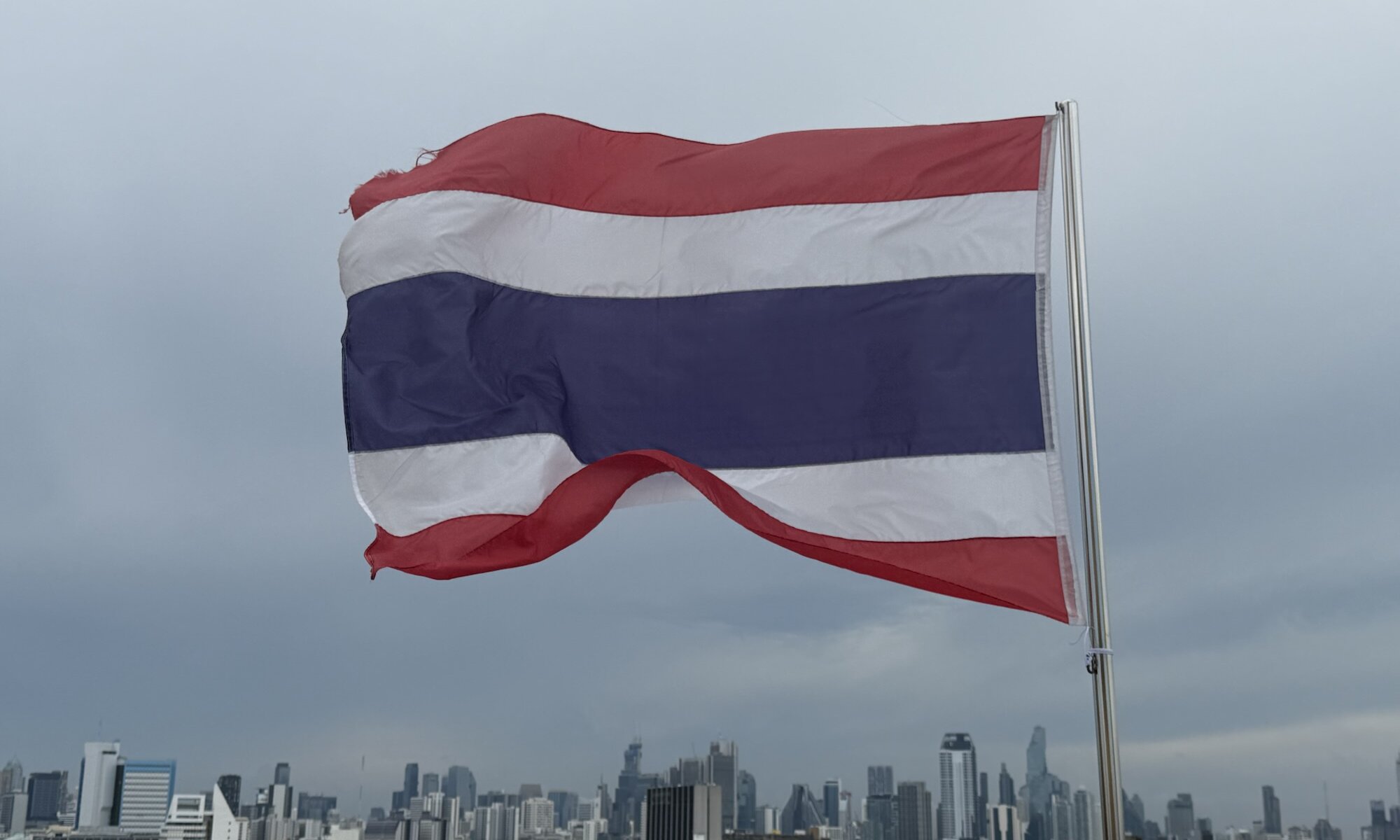Thailand, known historically as Siam until 1939 and briefly again between 1945 and 1949, is a nation with a rich and vibrant history. Its origins stretch back over a millennium, with early kingdoms such as Sukhothai and Ayutthaya laying the foundations of Thai culture and statehood. Despite pressures from colonial powers in the 19th and 20th centuries, Thailand remains the only Southeast Asian country never colonised by a Western nation, a fact that plays a vital role in its national pride and identity. The name ‘Siam Yiim‘ is often interpreted as a poetic phrase meaning ‘Siam smiles‘, reflecting the country’s reputation as the ‘Land of Smiles‘ and symbolising the warmth and friendliness embedded in Thai culture.
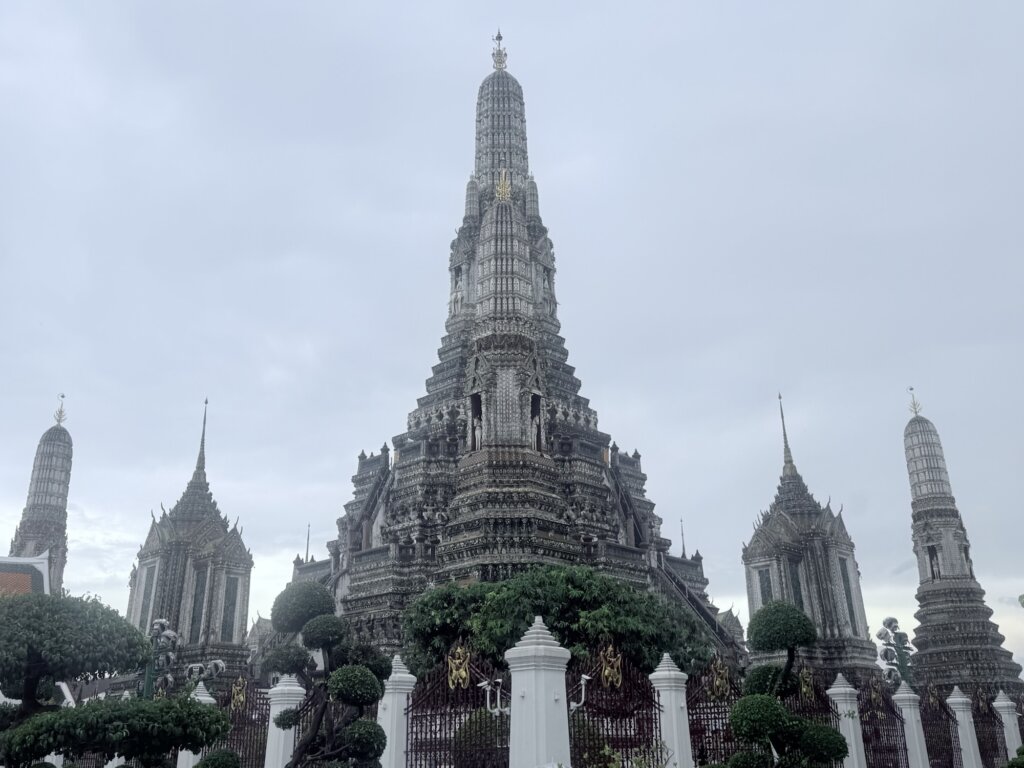
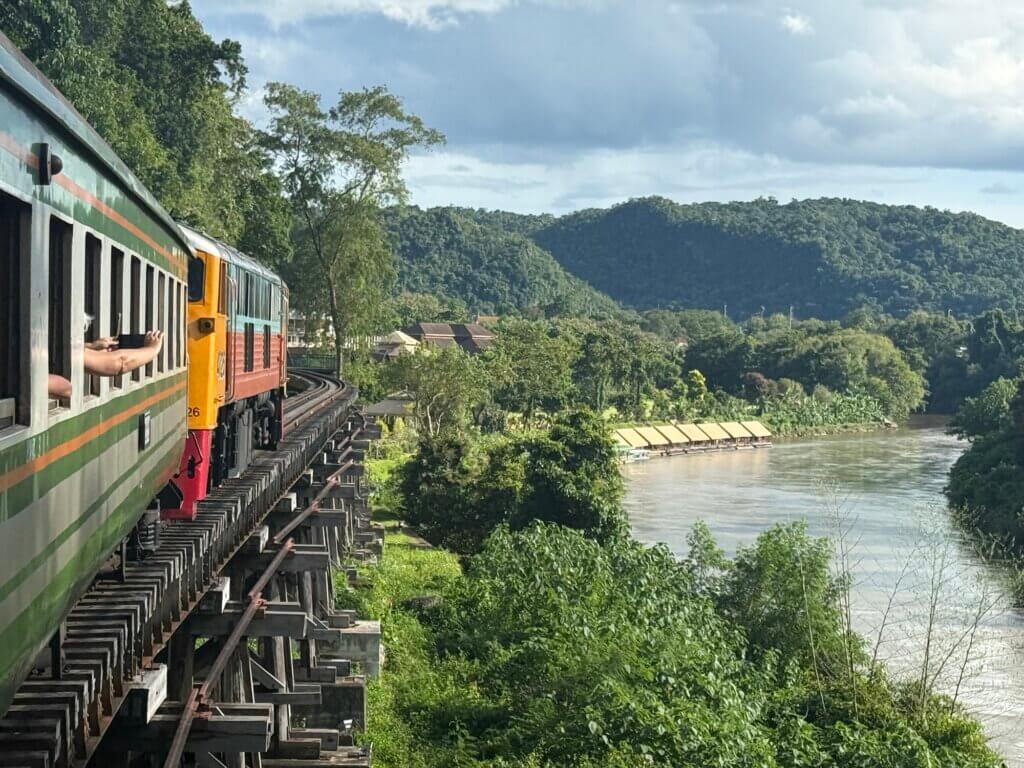
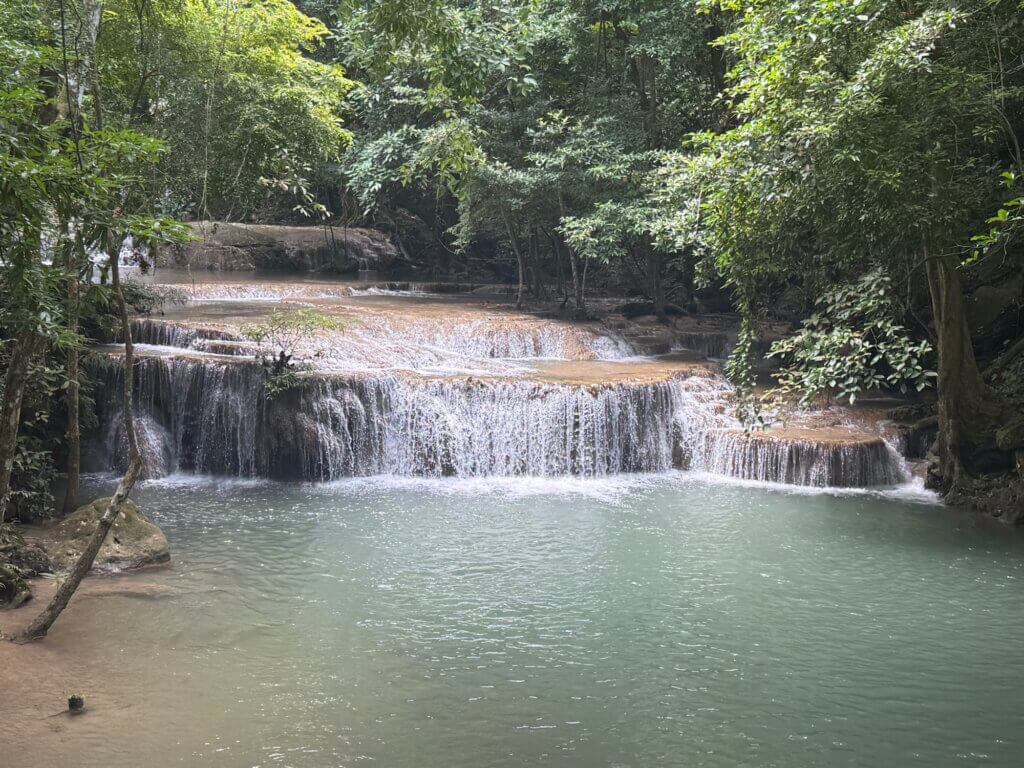
A distinct feature of Thai culture is the wai, a traditional gesture used to greet, show respect, or express gratitude. Performed by pressing the palms together in a prayer-like fashion and bowing slightly, the wai varies in formality depending on social status and occasion. It is a subtle but essential element of communication that embodies the deep-rooted value of respect in Thai society. This gesture, along with other customs, highlights the concept of ‘Thainess’ – a notion that encompasses the unique cultural identity consisting of language, manners, beliefs, and art that have evolved over centuries and continue to shape everyday life in Thailand. Unlike in other cultures, mirroring the words and behaviour of others can be problematic: men and women end sentences in different ways (e.g. khàawp khun khráp – ‘thank you’ said by males vs. khàawp khun khâ – ‘thank you’ said by females). If you’re copying the wai of hotel employees it makes them uncomfortable and they need to repeat with a deeper position.
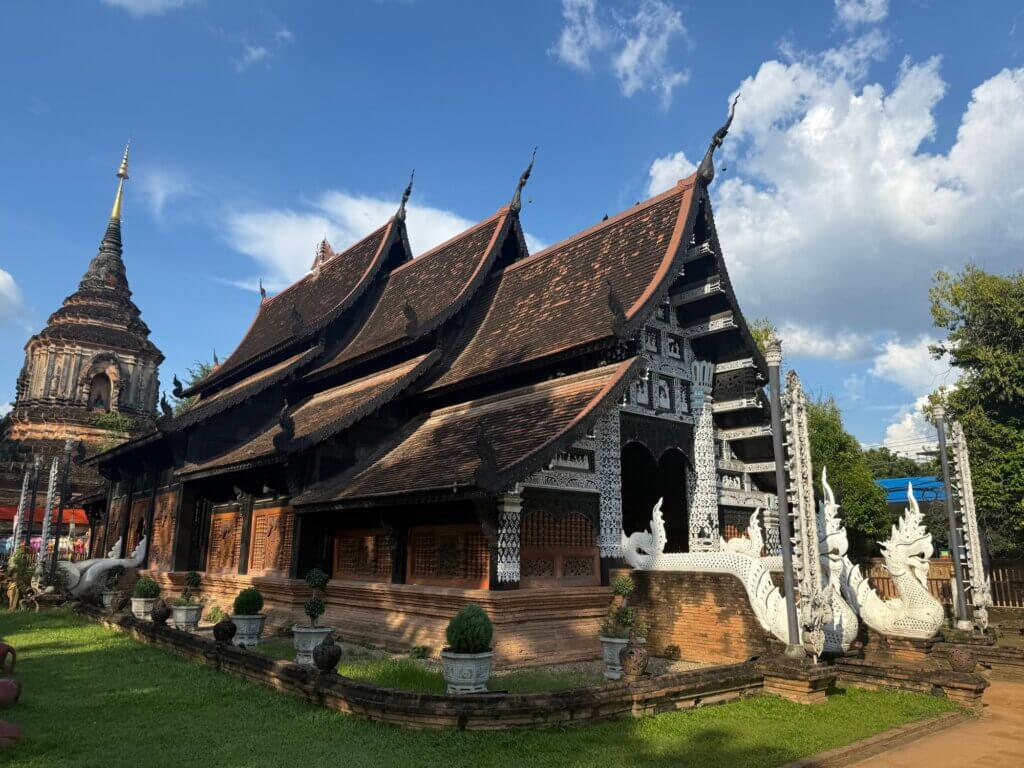
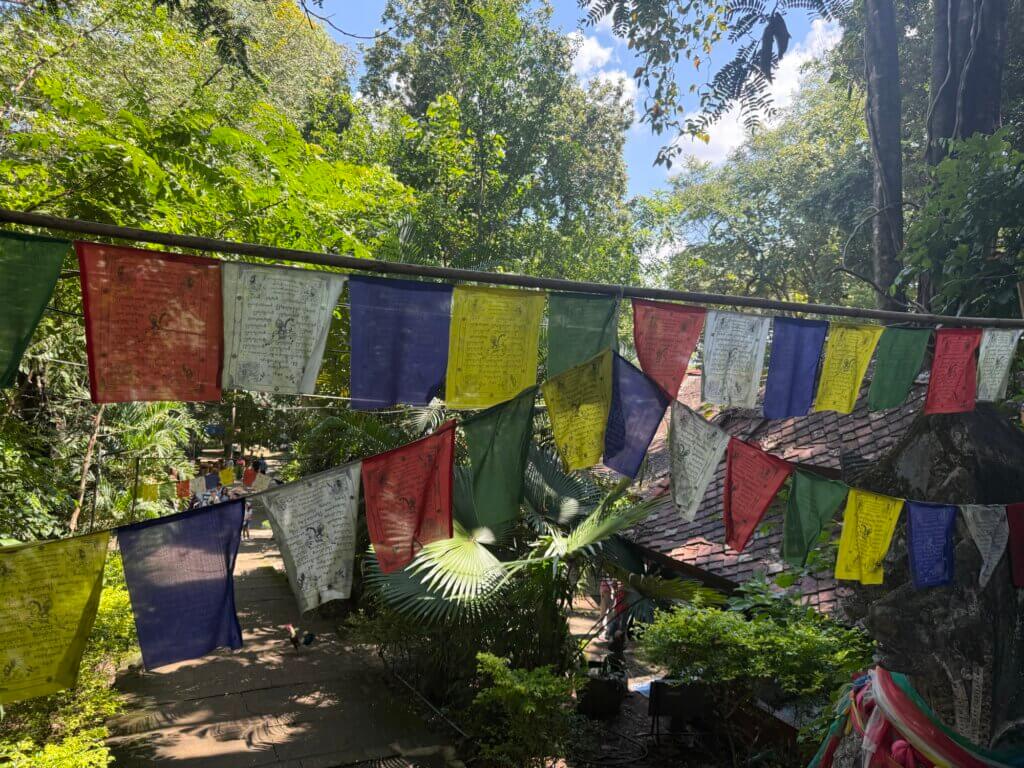
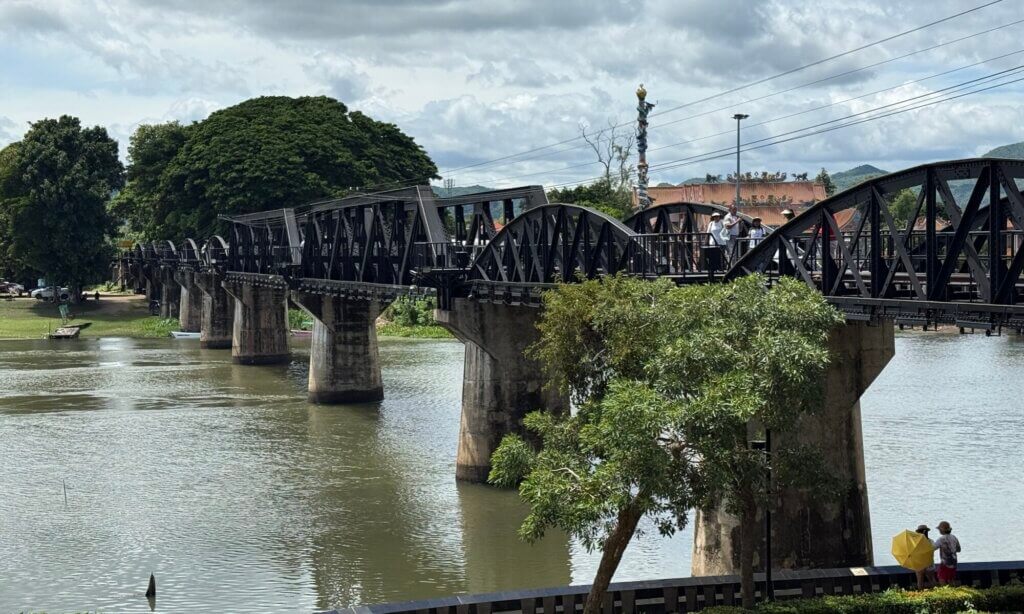
Very special is also the concept of Thainess which always combinations the three pillars of Nation, Religion and King – as you can also see them on the Thai flag. Visitors might be irritated to see the King and has family in all temples and railway stations. Even the national hymn is played at certain points in time with railway staff saluting to the portrait of the King and all persons at least standing up. Politeness is central to Thai behaviour, closely entwined with social hierarchy and maintaining harmony. Thai people generally avoid direct confrontation or open disagreement, favouring gentle and indirect communication. This approach nurtures a peaceful coexistence and reflects Buddhist principles prevalent throughout the country. The cultural emphasis on politeness is also mirrored in the smiles often exchanged among people, which go beyond mere friendliness. Thai smiles serve as social lubricants, easing interactions and defusing potential tension, thus earning Thailand its affectionate nickname.
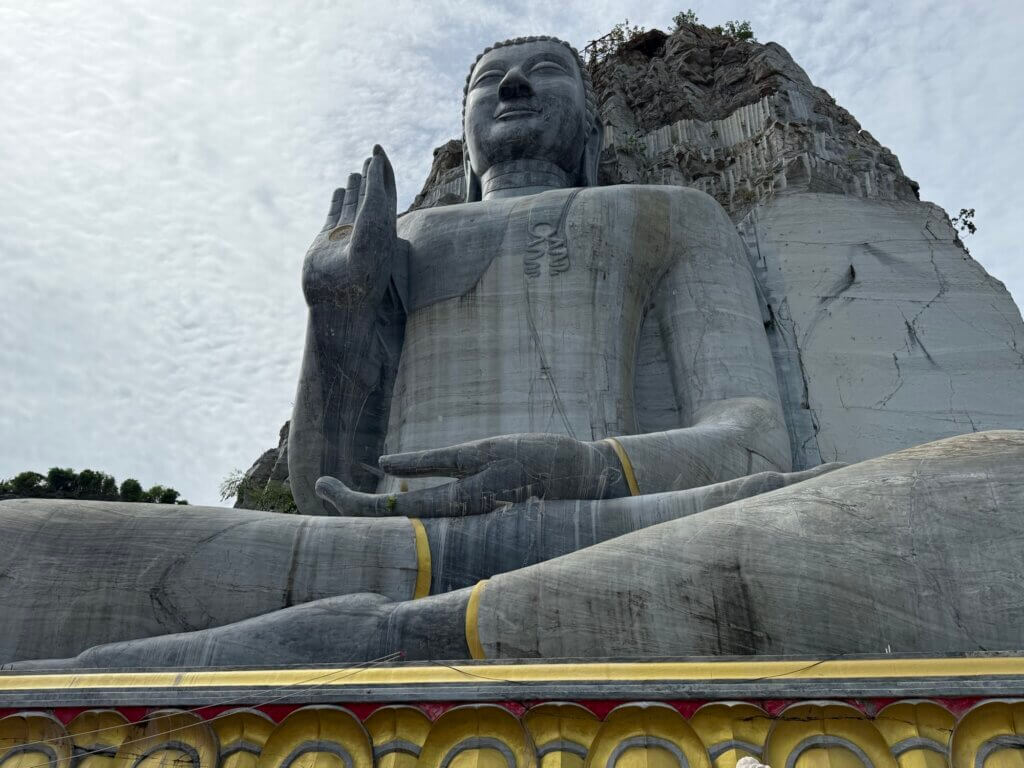
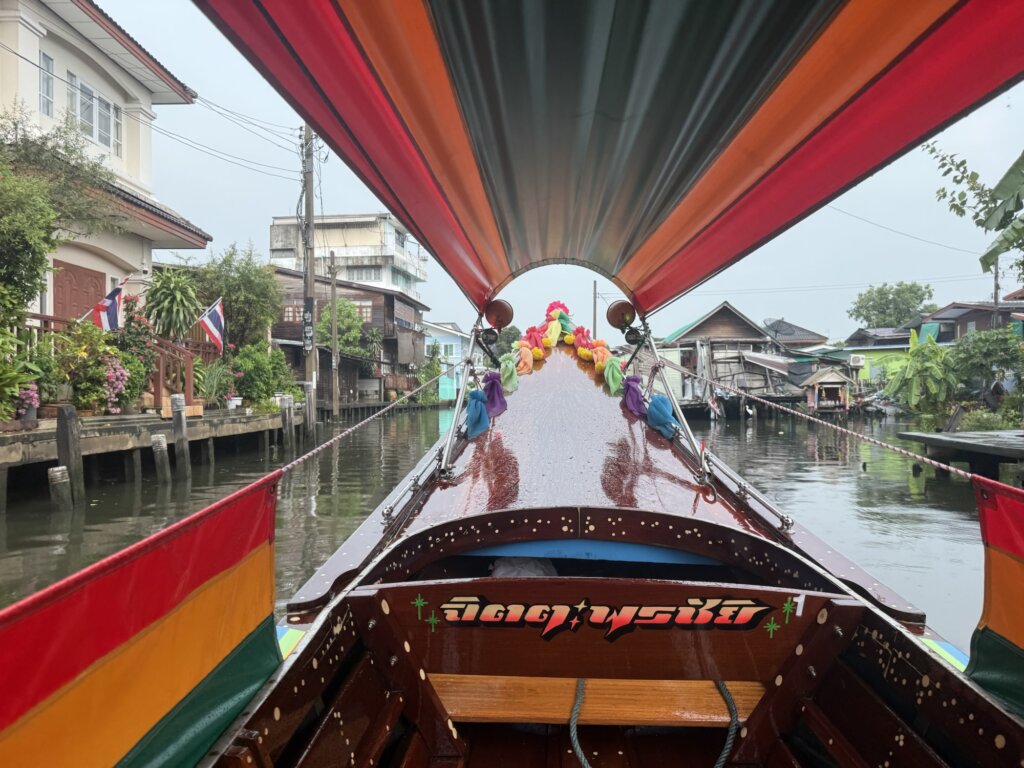
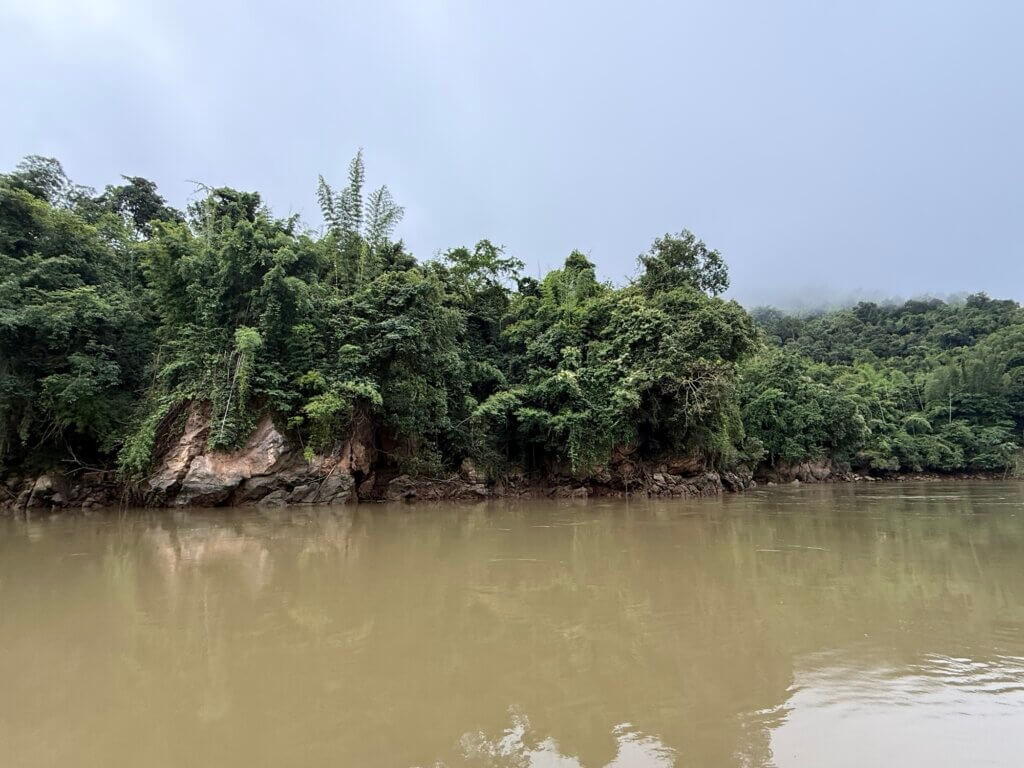
The never-ending smiling of Thailand is much more than a tourist cliché; it is a powerful cultural expression rooted in history, religion, and social values. Smiling in Thailand often conveys understanding, patience, and tolerance in situations where elsewhere a more direct response might occur. It is a visible sign of Thailand’s open-hearted spirit and resilience despite socio-economic challenges. Travellers quickly discover that the smile is a gateway into the genuine warmth and hospitality for which the nation is celebrated worldwide. There aren’t many classic mistakes a tourist could do in Thailand. The most important are that you should never point with the soles of your feet towards Buddha and that you need to take your shoes off when entering a temple.
Thailand is the best entry point for your first visit to Southeast Asia; very well prepared for tourists and you’ll experience nearly zero language issues if you speak English. Moving around is easily possible with the amazing ‘Grab‘ app for your smartphone. You even don’t need an adapter for your typical devices. The only thing you definitely need to consider is timing as Thailand has three seasons: hot, hotter and hottest. The latter you don’t want to experience. Many people will visit the country for its beaches and islands which I completely left out – I explored four cities and regions: Bangkok, Kanchanaburi, Ayutthaya, and Chiang Mai. That was a great start which leaves opportunities to return later; and it was also a great introduction because of my tourguide Beau: Khàawp khun khráp!
Thailand
Loading map...


